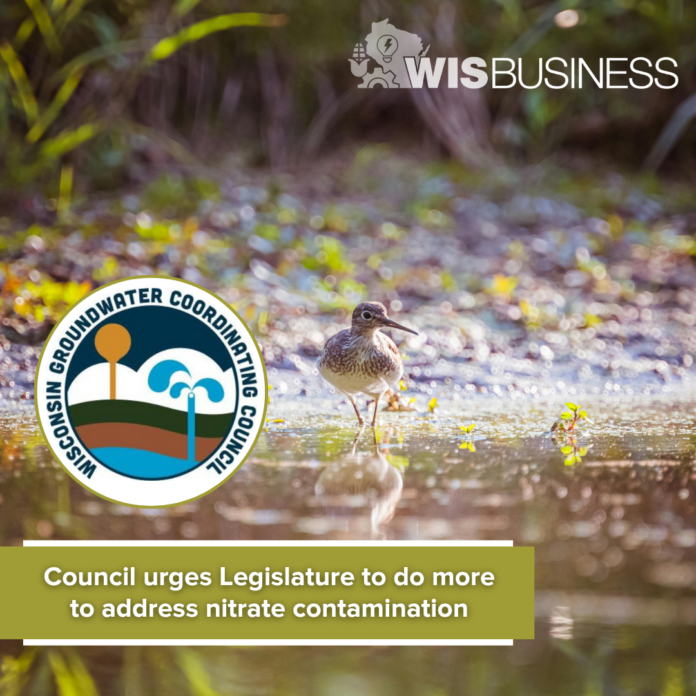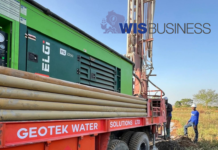The state’s Groundwater Coordinating Council is urging lawmakers to do more to address nitrate contamination in groundwater, calling it one of Wisconsin’s top water contamination concerns.
The council at the end of August submitted its latest annual report to the Legislature, providing an overview of groundwater quality and quantity in the state, management efforts, and related threats such as PFAS and pesticides making it into the water supply.
The GCC is made up of multiple state agencies, the Universities of Wisconsin, the governor’s office and the Wisconsin Geological and Natural History Survey.
Joe Van Rossum, the council’s chair and environmental management deputy administrator for the DNR, says the state’s groundwater is “essential to the well-being of our communities and environment” and shouldn’t be taken for granted.
“By advancing the primary recommendations put forth by the GCC, we have an opportunity to further protect groundwater and create a healthy future for Wisconsinites,” he said in a statement on the report.
In a section focused on nitrate contamination, report authors note areas with more agricultural activity generally have higher nitrate levels in their wells, with clusters in southern, central and western Wisconsin. The contamination is due in part to ag fertilizer runoff, creating risks to human health and ecosystems.
The council says agencies need to implement “improved strategies” for reducing nitrogen losses and groundwater contamination, to protect drinking water sources and public health.
Along with expanding monitoring efforts to evaluate nitrate levels, the GCC is urging lawmakers to assess and quantify nutrient losses linked to crop-specific nitrogen applications, as well as looking at management plans aimed at reducing those losses.
The council also says lawmakers should expand regulation of nitrogen losses beyond large concentrated animal feeding operations, called CAFOs, to include farms of all sizes. And it’s calling for “revamping, funding and enforcing” nutrient management planning to further protect groundwater resources.
Other recommendations on nitrates include: developing fertilizer decision report tools with farmer input; improving related data assessment and visualization tools while boosting outreach; establishing an inter-agency team to coordinate state and federal funding for conservation; developing an outreach plan for farmers; and more.






